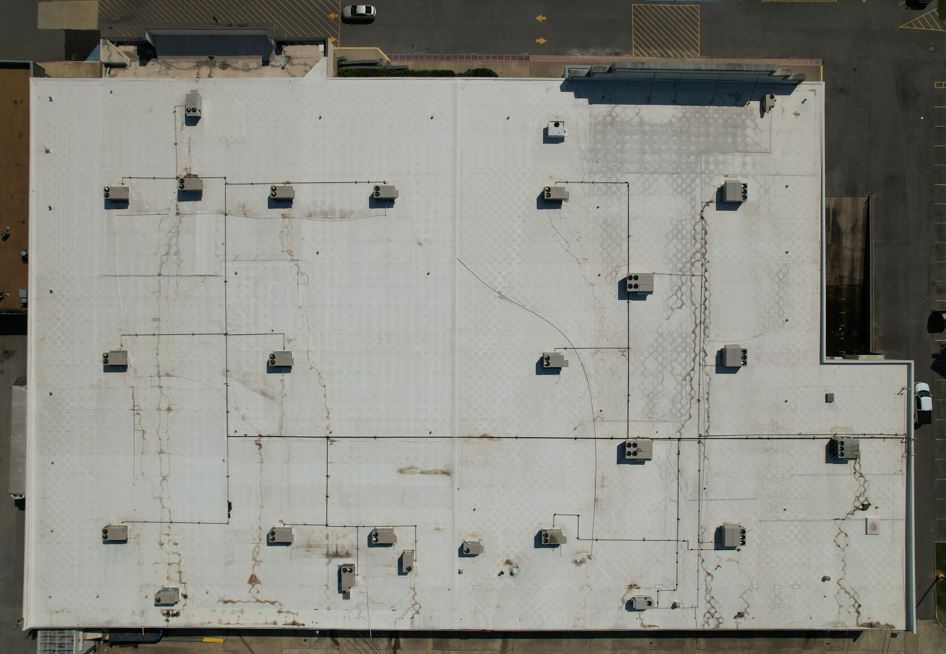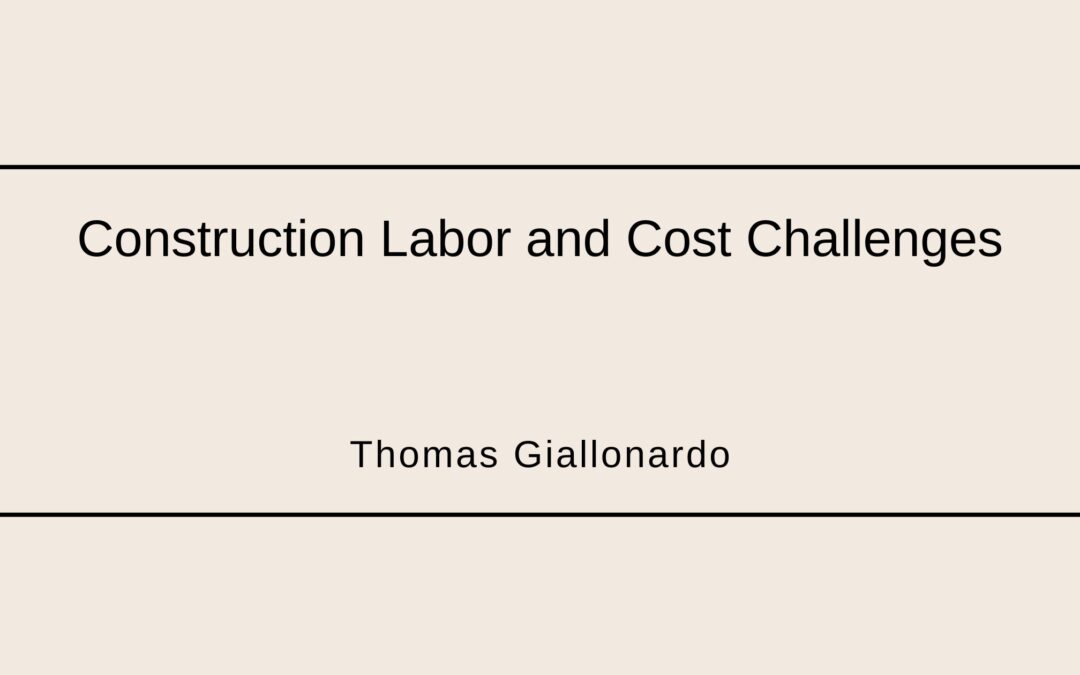Commercial construction continues to face serious headwinds. Labor shortages and rising costs create obstacles for developers, contractors, and investors. Yet projects must still move forward. Understanding these challenges is key to managing risk and finding solutions.
Labor Shortages Slow Projects
Skilled labor remains scarce. Contractors struggle to hire enough workers, especially electricians, plumbers, and heavy equipment operators. As a result, projects often face delays. In addition, competition for talent drives wages higher. Companies must increase pay to attract workers, which adds pressure to budgets. Meanwhile, younger generations are not entering trades at the same pace as retirements. Therefore, the gap continues to widen.
Rising Costs Affect Budgets
Material prices have also climbed. Steel, lumber, and concrete cost far more than only a few years ago. Supply chain disruptions, while improved, still push costs higher. Because of this, developers must adjust budgets frequently. Unexpected increases in materials can derail financing plans. For investors, this uncertainty creates added risk.
Transitioning to Smarter Planning
Therefore, many firms now rely on early cost modeling. Accurate estimates help reduce surprises and improve financial stability. In addition, builders are locking in material purchases sooner to protect against price swings.Technology also plays a role. Project management software tracks spending in real time. Drones and digital scans reduce costly errors by improving accuracy in the field.
Collaboration as a Solution
Owners, contractors, and designers must work closely together. Collaboration ensures that potential challenges are identified before construction begins. For example, early contractor involvement allows design adjustments that save money. Furthermore, shared planning builds trust. When all parties understand risks, they can adapt more quickly. This approach reduces disputes and keeps projects on schedule.
Looking Ahead
Labor and cost challenges will not disappear soon. However, proactive planning and smarter collaboration can lessen their impact. Developers who embrace technology and partnerships will be better prepared. Communities need these projects. By addressing these issues directly, the industry can deliver the schools, offices, and retail spaces people depend on.


